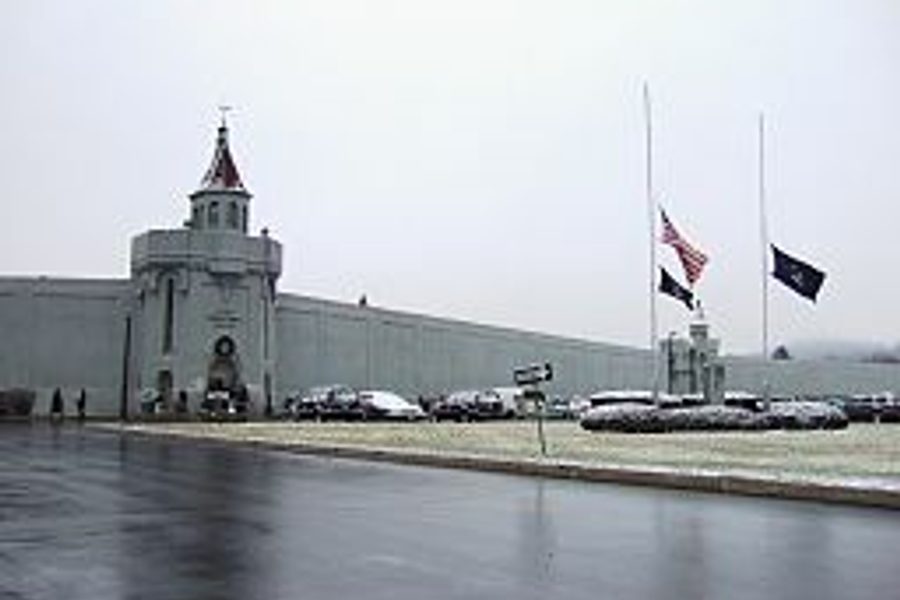
Beatings, burnings, stabbings, sexual assaults and shootings. All took place in the aftermath of the 1971 Attica prisoner uprising according to witness testimony released this month for the first time.
The four-day rebellion at the Attica Correctional Facility left 43 people dead, most of them killed by gunfire from state troopers and correctional officers in the operation regain control of the prison. The uprising began on September 9th 1973 when inmates took hostages and released a “Manifesto of Demands.”
As the Guardian reports, in the aftermath of the uprising Judge Bernard Meyer was tasked with investigating whether what had happened at Attica had been covered-up by authorities.
Meyer concluded that there was no “intentional cover-up”, but wrote that serious errors, omissions and delays tainted the investigation: “The decision to conduct the investigation sequentially or chronologically rather than topically was a serious error of judgment.”
His findings have been public for decades, but the hundreds of pages of factual evidence he used remain sealed in two other volumes of the report. Of particular concern to Meyer was whether investigators had a conflict of interest as they interviewed inmates, who might face criminal charges over the riot, about what guards did afterwards. Continue reading…
Just one volume, of the three-volume report was made public. In 2011, the state Attorney General, Eric Schneiderman, announced that he would seek to have the remaining evidence from the report released. Among the documents released on Thursday were lists of witnesses, and what they claim to have seen happen at the prison.
Kevin Burke. A National Guardsman who treated wounded inmates only to have bandages ripped off, saw stetchers deliberately tilted, saw guards beat inmates on medical carts with clubs, saw a prison doctor pull an inmate off a cart and kick him in the stomach, saw inmates beaten while running a gauntlet, heard a civilian who appeared to be in charge refuse to allow Dr. Cudmore of the National Guard set up a field hospital on prison ground
Jacques Roberts. An inmate who details being beaten with clubs when taken into custody, running the gauntlet in A yard, having teeth knocked out by a guard name <REDACTED> (phonetic spelling) and being beaten with rifle butts while lying prone, hearing a shot fired immediately after an officer in an orange raincoat said, “This nigger ain’t dead yet,” having a lit cigarette shoved by a trooper into his rectum and against his buttocks, having his finger broken in a second gauntlet, being assaulted by troopers when he went to the prison hospital for treatment.
Robert S Jenks. A staff physician at Genesee Memorial Hospital who arrived at the prison shortly after noon on September 13th who observed an inmate with large wounds around his rectum which were not from gunshot and which, he later heard, had been caused by a broken bottle; heard a guard say he saw a hostage who was castrated; was refused permission to evacuate to Genessee Hospital an inmate who had suffered severe brain damage
Documents released on Thursday, suggest that witnesses were not contacted or interviewed by investigators. Not all the report was released however. Three hundred and fifty pages remain sealed, because they contain grand jury testimony which is usually kept secret.
“Today, we are shining new light on one of the darkest chapters of our history,” said Marty Mack, executive deputy attorney general. “We hope that, with the release of the Meyer report, we can bring the families of Attica uprising victims closer to closure and help future generations of Americans learn from this tragic event.” Continue reading…

I hope you found this article important. Before you leave, I want to ask you to consider supporting our work with a donation. In These Times needs readers like you to help sustain our mission. We don’t depend on—or want—corporate advertising or deep-pocketed billionaires to fund our journalism. We’re supported by you, the reader, so we can focus on covering the issues that matter most to the progressive movement without fear or compromise.
Our work isn’t hidden behind a paywall because of people like you who support our journalism. We want to keep it that way. If you value the work we do and the movements we cover, please consider donating to In These Times.

